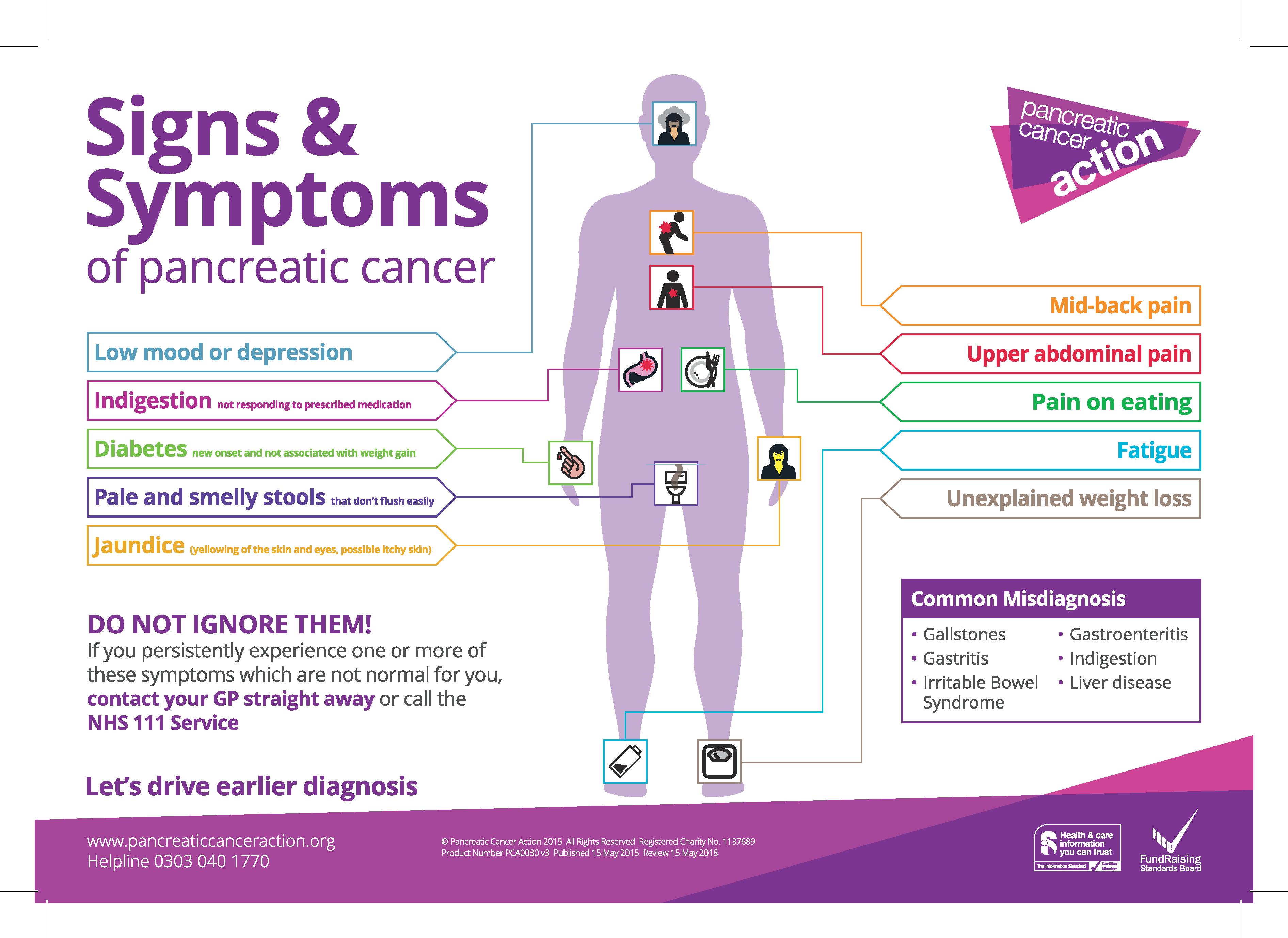Gastric bleed symptoms. Gastrointestinal Bleeding: Symptoms, Causes, and Treatment Options
What are the common symptoms of gastrointestinal bleeding. How is GI bleeding diagnosed. What are the potential causes of gastrointestinal bleeding. When should you seek medical attention for GI bleeding. What treatment options are available for gastrointestinal bleeding.
Understanding Gastrointestinal Bleeding: An Overview
Gastrointestinal (GI) bleeding is a medical condition that occurs when bleeding starts anywhere along the gastrointestinal tract. This tract begins at the mouth and extends through the esophagus, stomach, small intestine, large intestine (colon), rectum, and finally, the anus. GI bleeding can range from mild to severe and may indicate various underlying health issues.
Types of Gastrointestinal Bleeding
GI bleeding is typically categorized into two main types:
- Upper GI bleeding: Occurs in the esophagus, stomach, or first part of the small intestine (duodenum)
- Lower GI bleeding: Takes place in most of the small intestine, large intestine, rectum, or anus
Understanding the location of the bleeding is crucial for accurate diagnosis and effective treatment.
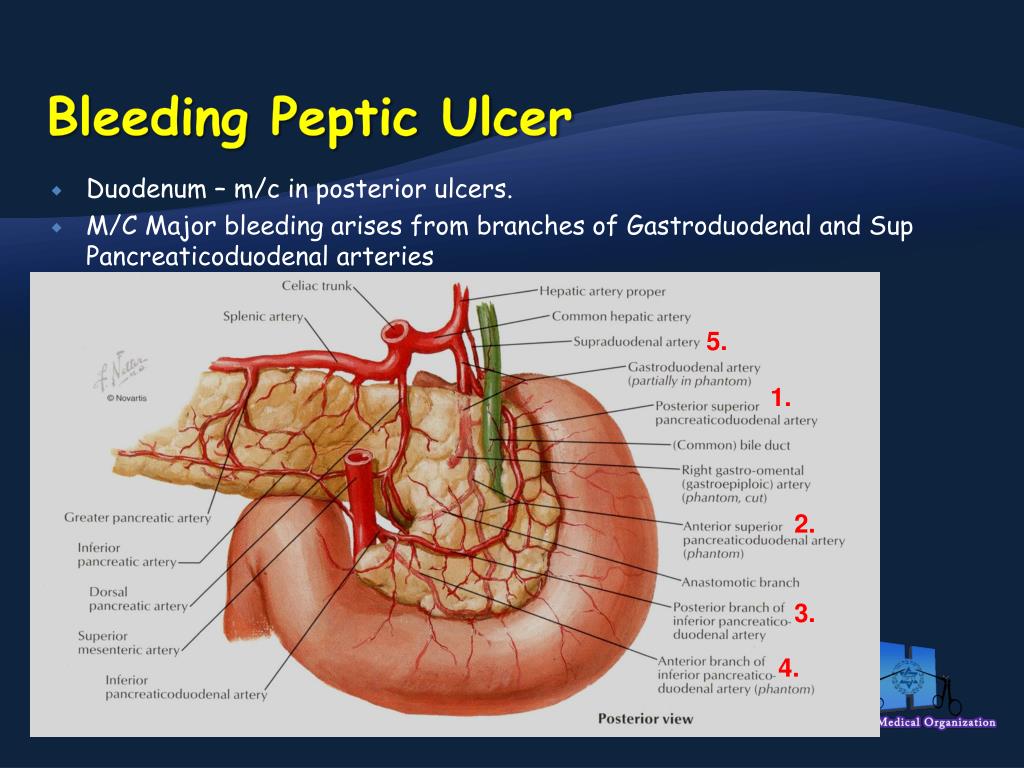
Recognizing the Symptoms of Gastrointestinal Bleeding
Identifying the symptoms of GI bleeding is essential for early detection and treatment. The signs can vary depending on the location and severity of the bleeding.
Common Symptoms of GI Bleeding
- Dark, tarry stools (melena)
- Bright red blood in the stool (hematochezia)
- Blood on toilet paper or in the toilet bowl
- Vomiting blood (hematemesis)
- Fatigue and weakness
- Shortness of breath
- Abdominal pain or cramping
- Pale skin
Is it possible to have GI bleeding without visible symptoms? Yes, in some cases, the bleeding may be so minimal that it can only be detected through laboratory tests, such as a fecal occult blood test.
Causes of Gastrointestinal Bleeding: From Minor to Serious
GI bleeding can result from various conditions, ranging from relatively benign to potentially life-threatening. Understanding these causes can help in prevention and early intervention.
Common Causes of Upper GI Bleeding
- Peptic ulcers
- Esophageal varices
- Gastritis
- Esophagitis
- Mallory-Weiss tears
Common Causes of Lower GI Bleeding
- Diverticulosis
- Inflammatory bowel disease (Crohn’s disease or ulcerative colitis)
- Hemorrhoids
- Anal fissures
- Colorectal polyps or cancer
Can certain medications increase the risk of GI bleeding? Yes, long-term use of nonsteroidal anti-inflammatory drugs (NSAIDs) like aspirin or ibuprofen can increase the risk of gastrointestinal bleeding, especially in the upper GI tract.
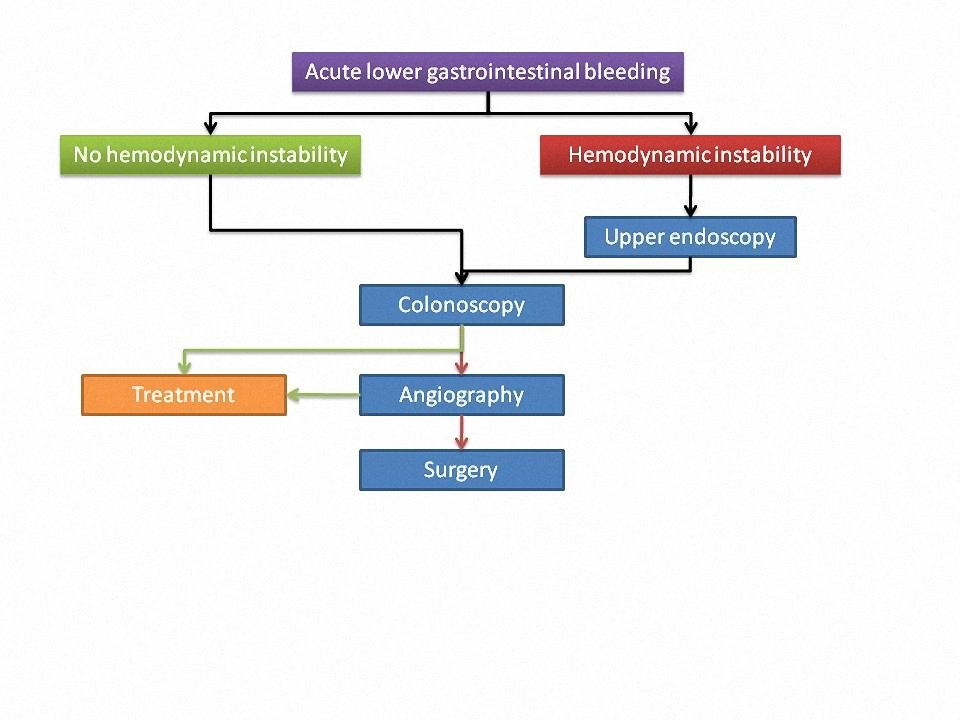
Diagnostic Procedures for Gastrointestinal Bleeding
Accurate diagnosis of GI bleeding is crucial for determining the appropriate treatment. Healthcare providers employ various diagnostic tools and procedures to identify the source and severity of the bleeding.
Common Diagnostic Tests for GI Bleeding
- Fecal occult blood test (FOBT)
- Complete blood count (CBC)
- Endoscopy (upper or lower)
- Colonoscopy
- Capsule endoscopy
- CT scan or MRI
- Angiography
How does a fecal occult blood test work? This noninvasive test detects the presence of hidden blood in the stool, which may be the first and sometimes only warning sign of colorectal disease, including colon cancer.
Treatment Options for Gastrointestinal Bleeding
The treatment for GI bleeding depends on its cause, location, and severity. In some cases, immediate medical intervention may be necessary to prevent complications.
Common Treatment Approaches
- Endoscopic procedures to stop bleeding
- Medication to reduce stomach acid or treat infections
- Blood transfusions for severe blood loss
- Surgery for severe cases or when other treatments fail
- Lifestyle modifications and dietary changes
What is the role of endoscopy in treating GI bleeding? Endoscopy can be both diagnostic and therapeutic. It allows doctors to visualize the source of bleeding and often treat it simultaneously using various techniques such as cauterization or clipping.

Preventing Gastrointestinal Bleeding: Lifestyle and Diet
While not all cases of GI bleeding can be prevented, certain lifestyle changes and dietary modifications can help reduce the risk or manage existing conditions that may lead to bleeding.
Preventive Measures for GI Bleeding
- Limit alcohol consumption
- Quit smoking
- Manage stress
- Maintain a healthy weight
- Follow a balanced diet rich in fiber
- Stay hydrated
- Exercise regularly
- Use NSAIDs cautiously and under medical supervision
How does a high-fiber diet help prevent GI bleeding? A diet rich in fiber can help prevent constipation and reduce the risk of developing diverticular disease, which can be a source of lower GI bleeding.
When to Seek Medical Attention for GI Bleeding
Recognizing when to seek medical help is crucial in managing GI bleeding effectively. Some symptoms warrant immediate medical attention to prevent complications.
Warning Signs Requiring Immediate Medical Care
- Vomiting blood or material that looks like coffee grounds
- Passing large amounts of bright red blood from the rectum
- Black, tarry stools
- Severe abdominal pain
- Dizziness, fainting, or confusion
- Rapid heart rate or difficulty breathing
Should you go to the emergency room for any sign of blood in the stool? While not all instances of blood in the stool require emergency care, it’s always best to consult with a healthcare provider promptly to determine the cause and appropriate course of action.

Long-Term Management and Follow-Up Care for GI Bleeding
After the initial treatment of GI bleeding, long-term management and follow-up care are essential to prevent recurrence and monitor overall gastrointestinal health.
Key Components of Long-Term Management
- Regular check-ups with a gastroenterologist
- Adherence to prescribed medications
- Lifestyle modifications as recommended by healthcare providers
- Monitoring for signs of recurrent bleeding
- Screening tests for gastrointestinal cancers as appropriate
How often should follow-up appointments be scheduled after a GI bleeding episode? The frequency of follow-up appointments depends on the underlying cause of the bleeding and the individual’s overall health. Your healthcare provider will recommend an appropriate schedule based on your specific situation.
Complications and Prognosis of Gastrointestinal Bleeding
While many cases of GI bleeding can be successfully treated, it’s important to be aware of potential complications and understand the overall prognosis.

Potential Complications of GI Bleeding
- Anemia
- Shock
- Organ failure
- Recurrent bleeding
- Increased risk of certain cancers
What factors influence the prognosis of GI bleeding? The prognosis depends on several factors, including the cause and severity of the bleeding, the patient’s age and overall health, and how quickly treatment is initiated. Early detection and prompt treatment generally lead to better outcomes.
Advanced Treatments and Research in GI Bleeding Management
As medical science advances, new treatments and research continue to improve the management of GI bleeding. Staying informed about these developments can provide hope and options for those affected by this condition.
Emerging Treatments and Research Areas
- Minimally invasive endoscopic techniques
- Targeted drug therapies
- Improved imaging technologies for faster and more accurate diagnosis
- Gene therapy for hereditary causes of GI bleeding
- Artificial intelligence in predicting and diagnosing GI bleeding
How are artificial intelligence and machine learning being used in GI bleeding management? AI and machine learning algorithms are being developed to analyze endoscopic images and predict the risk of GI bleeding in certain patient populations, potentially leading to earlier interventions and improved outcomes.

Living with Chronic GI Conditions: Support and Resources
For individuals living with chronic conditions that may lead to recurrent GI bleeding, finding support and accessing reliable resources can significantly improve quality of life and disease management.
Support Systems and Resources
- Patient support groups
- Online forums and communities
- Educational materials from reputable health organizations
- Nutritional counseling
- Mental health support
How can joining a support group benefit individuals with chronic GI conditions? Support groups provide a platform for sharing experiences, coping strategies, and emotional support. They can also be valuable sources of practical advice and information about managing daily life with a chronic GI condition.
Gastrointestinal Health: Beyond Bleeding
While GI bleeding is a significant concern, maintaining overall gastrointestinal health involves a comprehensive approach that goes beyond addressing bleeding issues.
Key Aspects of Gastrointestinal Health
- Maintaining a balanced gut microbiome
- Regular screening for gastrointestinal cancers
- Managing stress and its impact on digestive health
- Understanding the gut-brain connection
- Addressing digestive disorders proactively
How does the gut microbiome affect overall health? The gut microbiome plays a crucial role in digestion, immune function, and even mental health. Maintaining a healthy balance of gut bacteria through diet and lifestyle choices can contribute to overall well-being and potentially reduce the risk of certain GI disorders.

Navigating Healthcare Systems for GI Bleeding Treatment
Effectively navigating the healthcare system is crucial for receiving timely and appropriate treatment for GI bleeding. Understanding the roles of different healthcare providers and knowing how to advocate for your health can lead to better outcomes.
Key Healthcare Providers in GI Bleeding Management
- Primary care physicians
- Gastroenterologists
- Interventional radiologists
- Surgeons
- Oncologists (in cases of GI cancers)
- Nutritionists
How can patients effectively communicate with their healthcare team about GI bleeding concerns? Keeping a detailed symptom diary, preparing questions in advance of appointments, and being honest about lifestyle factors can help facilitate more productive conversations with healthcare providers and lead to more personalized care plans.
The Future of Gastrointestinal Bleeding Management
As medical science continues to advance, the future of GI bleeding management looks promising. New technologies, treatments, and approaches are constantly being developed to improve diagnosis, treatment, and prevention of this condition.
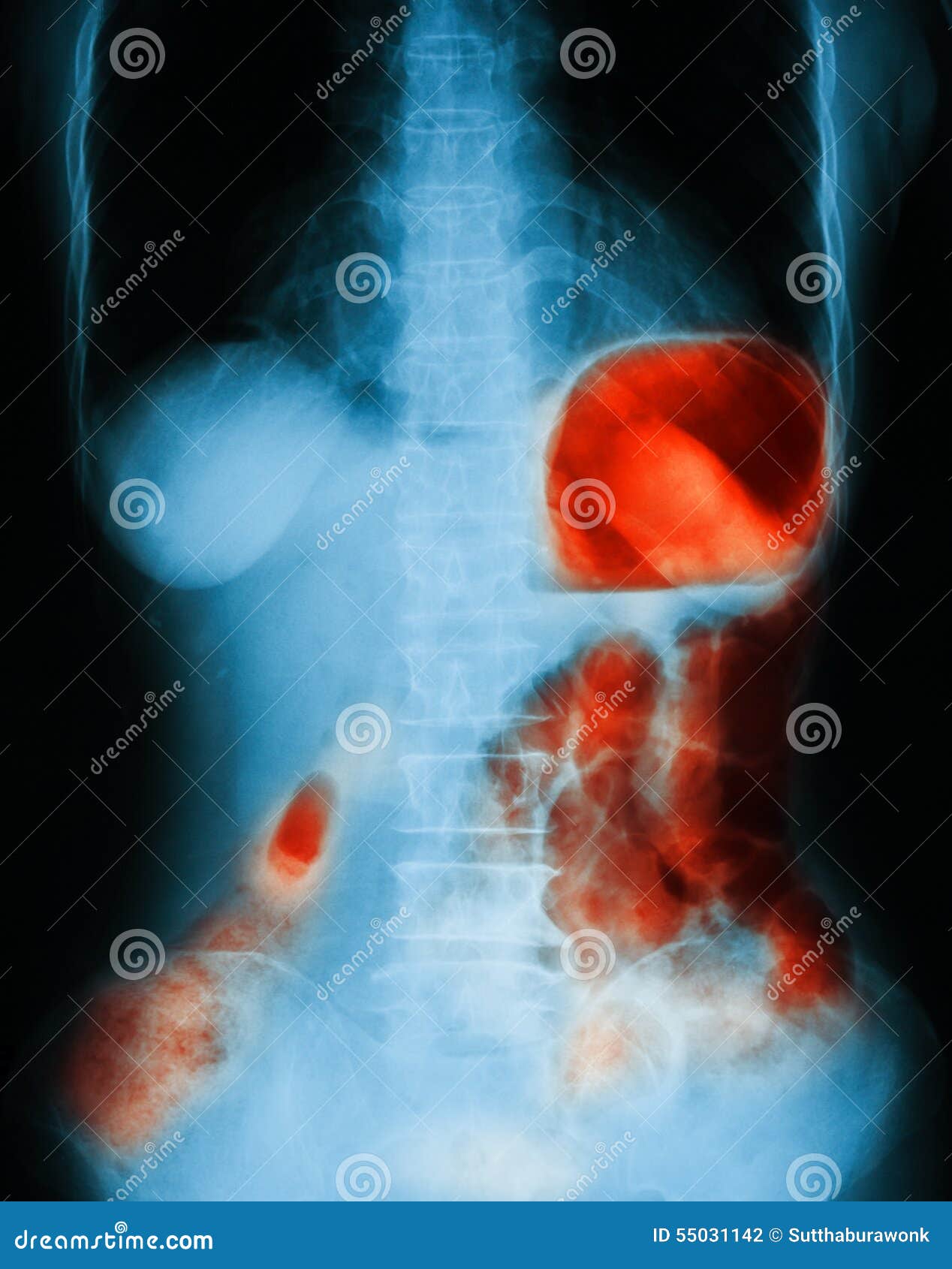
Future Directions in GI Bleeding Management
- Personalized medicine based on genetic profiles
- Advanced imaging techniques for early detection
- Novel drug delivery systems for targeted therapy
- Robotic-assisted endoscopic procedures
- Telemedicine for remote monitoring and follow-up care
How might telemedicine change the landscape of GI bleeding management? Telemedicine could potentially allow for more frequent check-ins with healthcare providers, earlier detection of warning signs, and improved access to specialist care, particularly for patients in remote areas or with limited mobility.
In conclusion, gastrointestinal bleeding is a complex condition that requires a multifaceted approach to diagnosis, treatment, and management. By understanding the symptoms, causes, and available treatments, individuals can take proactive steps to maintain their gastrointestinal health and seek timely medical attention when needed. As research continues to advance, the future holds promise for even more effective and personalized approaches to managing GI bleeding and promoting overall digestive wellness.
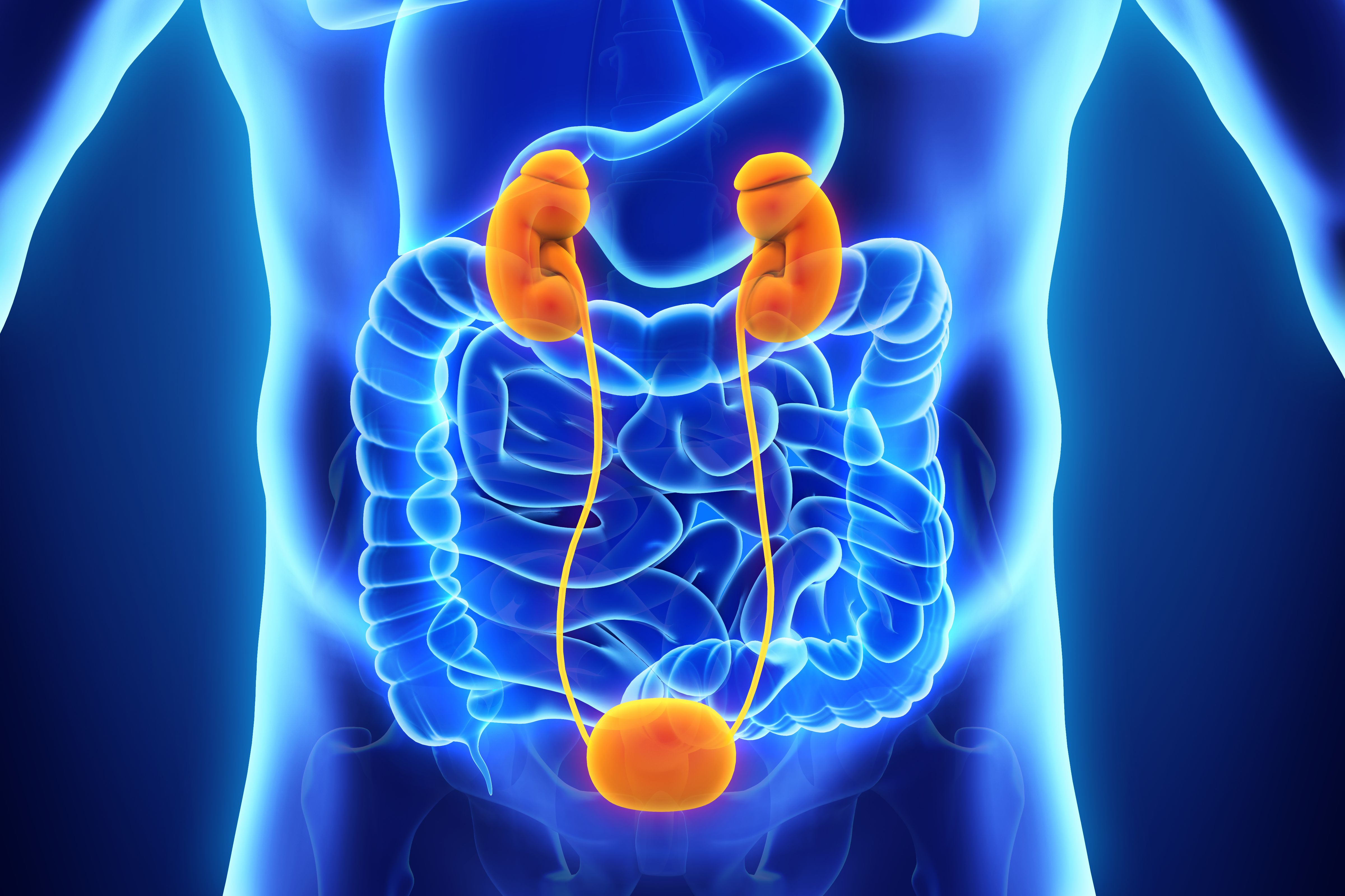
Gastrointestinal bleeding Information | Mount Sinai
Lower GI bleeding; GI bleeding; Upper GI bleeding; Hematochezia
Gastrointestinal (GI) bleeding refers to any bleeding that starts in the gastrointestinal tract.
Bleeding may come from any site along the GI tract, but is often divided into:
- Upper GI bleeding: The upper GI tract includes the esophagus (the tube from the mouth to the stomach), stomach, and first part of the small intestine (duodenum).
- Lower GI bleeding: The lower GI tract includes most of the small intestine, large intestine, rectum, and anus.
The gastrointestinal tract starts at the mouth, which leads to the esophagus, stomach, small intestine, colon, and finally, the rectum and anus. The GI tract is a long, hollow, muscular tube through which food passes, nutrients are absorbed, and wastes are eliminated.
A fecal occult blood test is a noninvasive test that detects the presence of hidden blood in the stool. Blood in the stool that is not visible is often the first, and in many cases the only, warning sign that a person has colorectal disease, including colon cancer.
Blood in the stool that is not visible is often the first, and in many cases the only, warning sign that a person has colorectal disease, including colon cancer.
Considerations
The amount of GI bleeding may be so small that it can only be detected on a lab test, such as the fecal occult blood test. Other signs of GI bleeding include:
- Dark, tarry stools
- Larger amounts of blood passed from the rectum
- Small amounts of blood in the toilet bowl, on toilet paper, or in streaks on stool (feces)
- Vomiting blood
Massive bleeding from the GI tract can be dangerous. However, even very small amounts of bleeding that occur over a long period of time can lead to problems such as anemia or low blood counts.
Once a bleeding site is found, many therapies are available to stop the bleeding or treat the cause.
Causes
GI bleeding may be due to conditions that are not serious, including:
- Anal fissure
- Hemorrhoids
GI bleeding may also be a sign of more serious diseases and conditions. These may include cancers of the GI tract, such as:
These may include cancers of the GI tract, such as:
- Cancer of the colon
- Cancer of the small intestine
- Cancer of the stomach
- Intestinal polyps (a pre-cancerous condition)
Other causes of GI bleeding may include:
- Abnormal blood vessels in the lining of the intestines (also called angiodysplasia)
- Bleeding diverticulum, or diverticulosis
- Crohn disease or ulcerative colitis
- Esophageal varices
- Esophagitis
- Gastric (stomach) ulcer
- Intussusception (bowel telescoped on itself)
- Mallory-Weiss tear
- Meckel diverticulum
- Radiation injury to the bowel
Home Care
There are home stool tests for microscopic blood that may be recommended for people with anemia or for colon cancer screening.
When to Contact a Medical Professional
Contact your health care provider if:
- You have black, tarry stools (this may be a sign of GI bleeding)
- You have blood in your stool
- You vomit blood or you vomit material that looks like coffee grounds
What to Expect at Your Office Visit
Your provider may discover GI bleeding during an exam at your office visit.
GI bleeding can be an emergency condition that requires immediate medical care. Treatment may involve:
- Blood transfusions.
- Fluids and medicines through a vein.
- Esophagogastroduodenoscopy (EGD). A thin tube with a camera on the end is passed through your mouth into your esophagus, stomach, and small intestine.
- A tube that is placed through your mouth into the stomach to drain the stomach contents (gastric lavage).
Once your condition is stable, you will have a physical exam and a detailed exam of your abdomen. You will also be asked questions about your symptoms, including:
- When did you first notice symptoms?
- Did you have black, tarry stools or red blood in the stools?
- Have you vomited blood?
- Did you vomit material that looks like coffee grounds?
- Do you have a history of peptic or duodenal ulcers?
- Have you ever had symptoms like this before?
- What other symptoms do you have?
Tests that may be done include:
- Abdominal CT scan
- Abdominal MRI scan
- Abdominal x-ray
- Angiography
- Bleeding scan (tagged red blood cell scan)
- Blood clotting tests
- Capsule endoscopy (camera shaped like a pill that is swallowed to look at the small intestine)
- Colonoscopy
- Complete blood count (CBC), clotting tests, platelet count, and other laboratory tests
- EGD
- Enteroscopy
- Sigmoidoscopy
DeGeorge LM, Nable JV. Gastrointestinal bleeding. In: Walls RM, ed. Rosen’s Emergency Medicine: Concepts and Clinical Practice. 10th ed. Philadelphia, PA: Elsevier; 2023:chap 26.
Gastrointestinal bleeding. In: Walls RM, ed. Rosen’s Emergency Medicine: Concepts and Clinical Practice. 10th ed. Philadelphia, PA: Elsevier; 2023:chap 26.
Kovacs TO, Jensen DM. Gastrointestinal hemorrhage. In: Goldman L, Schafer AI, eds. Goldman-Cecil Medicine. 26th ed. Philadelphia, PA: Elsevier; 2020:chap 126.
Savides TJ, Jensen DM. Gastrointestinal bleeding. In: Feldman M, Friedman LS, Brandt LJ, eds. Sleisenger and Fordtran’s Gastrointestinal and Liver Disease. 11th ed. Philadelphia, PA: Elsevier; 2021:chap 20.
Last reviewed on: 1/30/2023
Reviewed by: Michael M. Phillips, MD, Emeritus Professor of Medicine, The George Washington University School of Medicine, Washington, DC. Also reviewed by David C. Dugdale, MD, Medical Director, Brenda Conaway, Editorial Director, and the A.D.A.M. Editorial team.
Gastrointestinal bleeding: Symptoms, causes, and treatment
Gastrointestinal (GI) bleeding is bleeding in the digestive tract, anywhere from the throat to the rectum. A person can experience a small loss of blood, such as when a hemorrhoid bleeds, or a hemorrhage, which causes a substantial blood loss.
A person can experience a small loss of blood, such as when a hemorrhoid bleeds, or a hemorrhage, which causes a substantial blood loss.
In this article, we discuss GI bleeding, its symptoms, severity, potential causes, risk factors, and complications. We also explain when a person should seek guidance from a doctor.
GI bleeding is a type of bleeding that occurs anywhere in the digestive system. It may be due to an injury, infection, or inflammation.
The bleeding may appear suddenly and produce a lot of blood, or a person may notice gradual or periodic bleeding.
Sudden, heavy bleeding is more immediately dangerous. However, both types of bleeding may signal a serious medical condition.
Doctors usually distinguish between upper and lower GI bleeding.
Upper GI bleeding is when a person bleeds from the upper digestive tract, that is, anywhere above the ligament of Treitz, which is the first part of the small intestine.
Lower GI bleeding happens in the lower portion of the digestive tract, including the intestines and rectum.
People with upper GI bleeding may have the following symptoms:
- bleeding from the throat
- blood in sputum
- blood in vomit
- dark or bright red blood in stool
- very dark, foul-smelling stool
If people notice that a baby’s stool is suddenly black or tarry, they should contact a doctor immediately, as this may mean there is an upper GI bleed.
Symptoms of a lower GI bleed can include:
- blood on toilet paper or baby wipes after wiping
- bleeding from the anus
- red blood in stool
A serious, significant bleed, especially in the upper GI tract, may cause other symptoms, such as:
- little or no urine to pass
- a drop in blood pressure
- confusion
- intense nausea
- loss of consciousness
- fast heart rate
Children may show changes in behavior, become very lethargic, cry more than usual, or struggle to stay alert and awake.
GI bleeding is not always a cause for concern. For example, a bleeding hemorrhoid may resolve on its own or with home treatment, such as a warm bath or over-the-counter cream.
For example, a bleeding hemorrhoid may resolve on its own or with home treatment, such as a warm bath or over-the-counter cream.
Also, bleeding from the throat could happen if a person swallows food or a substance that damages the tissue lining the throat. However, it may also signal an underlying condition.
It is important to consult a doctor about any GI bleeding rather than self-diagnose the cause.
Some types of GI bleeding are life threatening and require prompt treatment. Typically, upper GI bleeds are more dangerous than those occurring in the lower part of the digestive tract.
Sudden bleeding may produce symptoms of shock, such as blood pressure changes or a rapid pulse. People with symptoms of an upper GI bleed or shock need emergency medical treatment.
A number of conditions can lead to GI bleeds.
Upper GI bleeds
Potential causes of bleeding in the upper GI tract include:
Bleeding peptic ulcers
Peptic, or stomach, ulcers may be due to a Helicobacter pylori infection or overuse of nonsteroidal anti-inflammatory drugs (NSAIDs).
A person with peptic ulcers may experience a burning sensation in the stomach. To help treat these, doctors may prescribe medication.
Varices
Varices are enlarged blood vessels in the upper GI tract, usually in the esophagus, or food pipe. They can be a result of cirrhosis, which is a serious liver condition.
A doctor may stop bleeding from varices with the use of elastic bands.
Growths
Growths in the digestive tract, including both benign and cancerous tumors, may cause bleeding.
Some people also notice other symptoms, such as difficulty swallowing, but not all growths cause symptoms.
A person may require surgery to remove the growth.
Esophagitis
Esophagitis is a complication of gastroesophageal reflux disease (GERD). It causes the lower sphincter of the esophagus to weaken.
People with esophagitis may have frequent bouts of heartburn. Treatment may include medication to reduce stomach acid levels.
Injury or tear
Both tears and injuries in the GI tract can be a result of trauma or excessive vomiting.
They may heal on their own, or a person may need insertion of a band or clip to repair them.
Surgery
Recent surgery may increase the risk of infection, or damage the digestive tract. Doctors may use injections or heat probes to help stop any bleeding.
Some types of upper GI bleeds can cause serious bleeding that may be life threatening. A ruptured vein in the esophagus, for example, can cause a hemorrhage.
Lower GI bleeds
Potential causes of bleeding in the lower GI tract include:
Diverticulitis
A diverticulum is a pouch-like protrusion within the large intestine. Diverticulitis happens when one of these pouches becomes inflamed. This can lead to abdominal pain, fever, and diarrhea.
Dietary changes and antibiotics may help treat diverticulitis. Treatment may also include bowel rest, which is when a person does not consume any food or drink by mouth until their condition improves.
Hemorrhoid
A hemorrhoid is a swollen blood vessel in the rectum.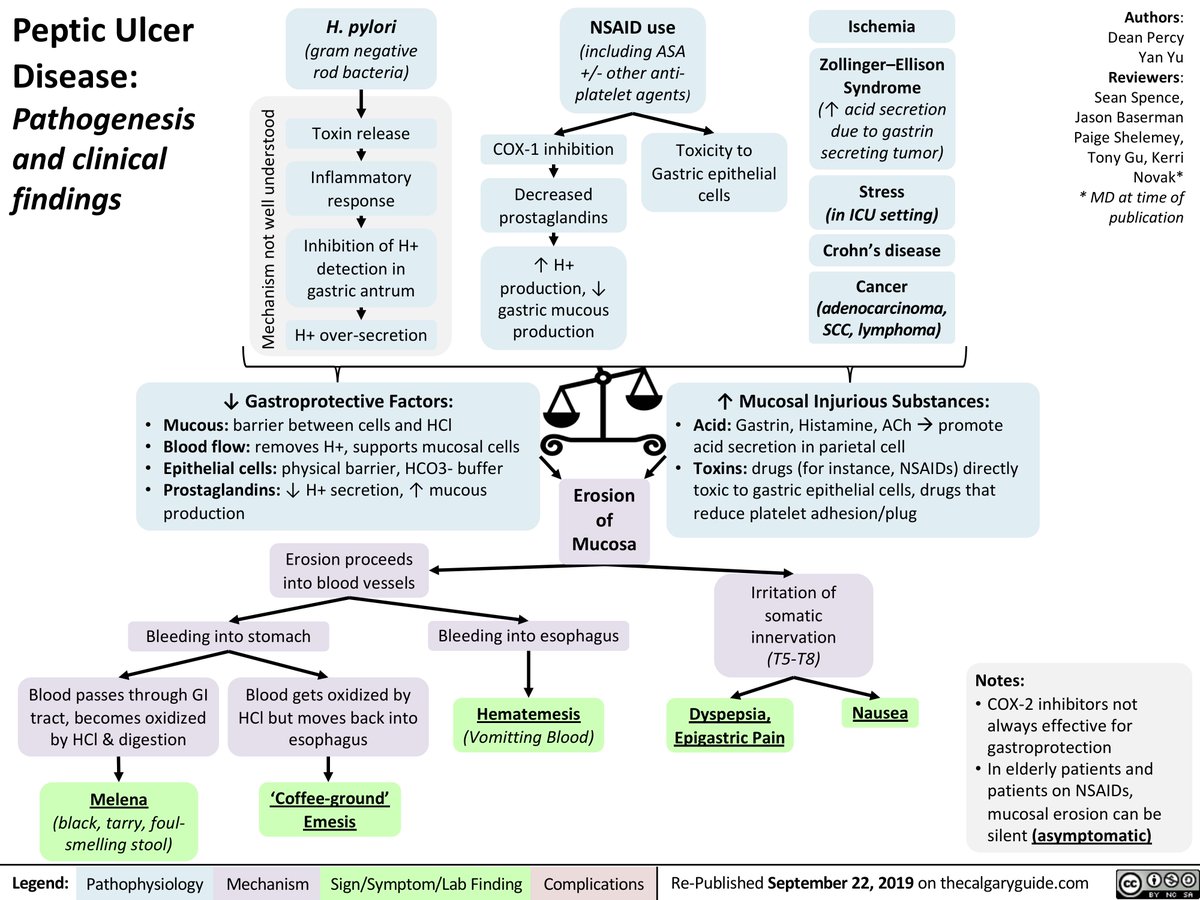 It may bleed when a person wipes the anus. Sometimes, it also appears after constipation.
It may bleed when a person wipes the anus. Sometimes, it also appears after constipation.
Treatment options for hemorrhoids include diet changes, sitz baths, and topical ointments.
Constipation
Straining from constipation may lead to hemorrhoids, which can cause minor bleeding from the rectum.
Increasing fiber intake, exercising regularly, and drinking more water may help treat constipation.
Colon polyps
Colon polyps are growths of tissue inside the colon and rectum. In some cases, they can become cancerous over time.
Removal of colon polyps can prevent them from turning into colon cancer.
Ulcerative colitis
Colitis can cause ulcers in the large intestine. This in turn may lead to bleeding and sometimes pain.
Medications may help reduce inflammation in the large intestine.
Inflammatory bowel disease
People with inflammatory bowel disease (IBD) may experience a range of intestinal symptoms, including frequent diarrhea or constipation.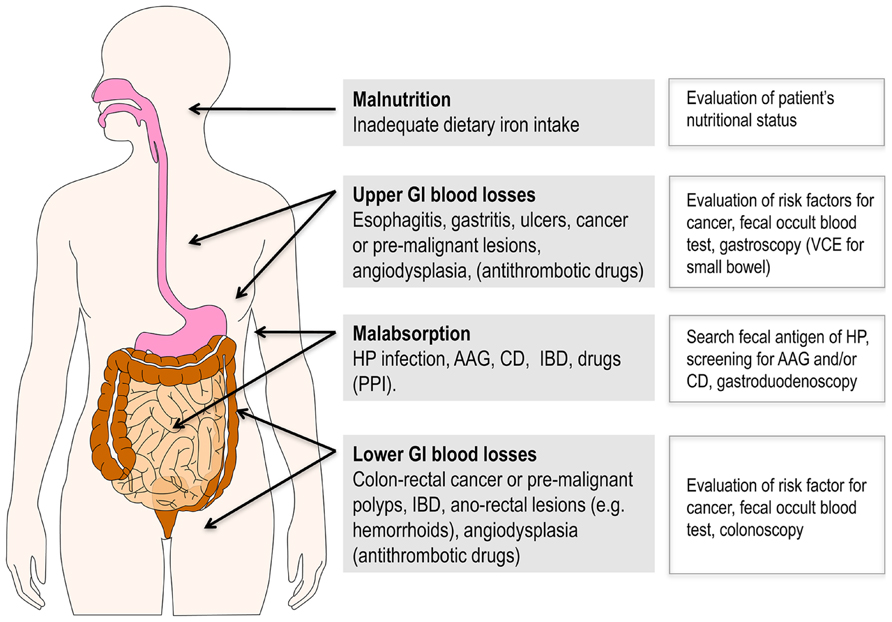
Medication and dietary changes may help manage IBD.
Anal fissures and other anal injuries
Tears or damage to the anus may cause bleeding or pain. The pain may appear suddenly or worsen gradually over time.
Doctors may recommend fiber supplements and warm baths to help treat fissures.
Cancer
There are no specific symptoms that distinguish cancer from other conditions. In some people, the first symptom is bleeding.
A person may require surgery to remove cancerous growths or a portion of the colon.
Recent medical procedures
Procedures such as biopsy and colonoscopy may cause light bleeding from the anus.
If a person has constant bleeding, they should medical attention.
Digestive tract infections
Salmonella and Escherichia coli infections can lead to diarrhea, which may be bloody.
Such infections may clear on their own. Sometimes, however, people may need antibiotics.
Anyone can have a GI bleed, especially if they experience other digestive issues, such as colitis or peptic ulcers.
Risk factors for GI bleeding include:
- using anticoagulants, which are a group of drugs that can thin the blood and may therefore increase bleeding
- using too much NSAIDs
- vomiting excessively, also from eating disorders
- having alcohol use disorder
- having recently undergone surgery or traumatic injury
Factors that may increase the risk of complications from a bleed include:
- older age
- substantial blood loss
- abnormal vital signs
- constant bleeding
Lifestyle choices can play a role in conditions that cause GI bleeding. For example, drinking alcohol and smoking can raise stomach acid levels and increase the risk of bleeds in the GI tract.
Moreover, people with GERD may need to avoid certain foods, such as foods that are acidic, spicy, or fatty.
A person with serious GI bleeding usually needs treatment in hospital so that a doctor can monitor their condition.
They may require extra fluids, supplemental oxygen, or medication for any underlying conditions.
Some potential complications of a GI bleed are:
- cancer that progresses without treatment
- serious blood loss that may be life threatening
- heart attack and other heart health symptoms
- infections
- shock
People need to consult a doctor if they notice any symptoms of GI bleeding.
A person should call 911 or go to the emergency room if:
- they have other symptoms, such as a rapid heart rate, fever, or confusion
- they experience other signs of an upper GI bleed, such as vomit with blood in it, or dark, tarry stools
- they have lost a significant amount of blood, for example, by constantly bleeding from the rectum or mouth
- a newborn shows signs of a GI bleed
GI bleeding can be due to a number of causes, and treatment will depend on what the bleeding results from.
In some cases, doctors may recommend ongoing management of the condition to relieve symptoms.
A person needs to contact a doctor if they experience any symptoms of GI bleeding. Doing so without delay can help prevent complications.
Doing so without delay can help prevent complications.
If a person has severe symptoms or bleeding, they should seek medical attention immediately.
Gastrointestinal bleeding – causes, symptoms, treatment
Contents
- About the disease
- Symptoms of internal bleeding of the gastrointestinal tract
- Causes of gastric bleeding
- Treatment of gastric bleeding
- Diagnosis of gastrointestinal bleeding
About the disease
Gastrointestinal bleeding is an extremely dangerous symptom. We are talking about the outflow of blood that comes out of damaged vessels and enters the organs of the gastrointestinal tract. Bleeding is considered a complication of inflammatory and chronic diseases. It is often caused by alcohol and drug intoxication of the body.
The sources of hemorrhage are called the stomach, intestines, esophagus. The disease is as common as appendicitis. Often this phenomenon occurs as a complication of a duodenal ulcer, with chronic gastritis, with the appearance of neoplasms.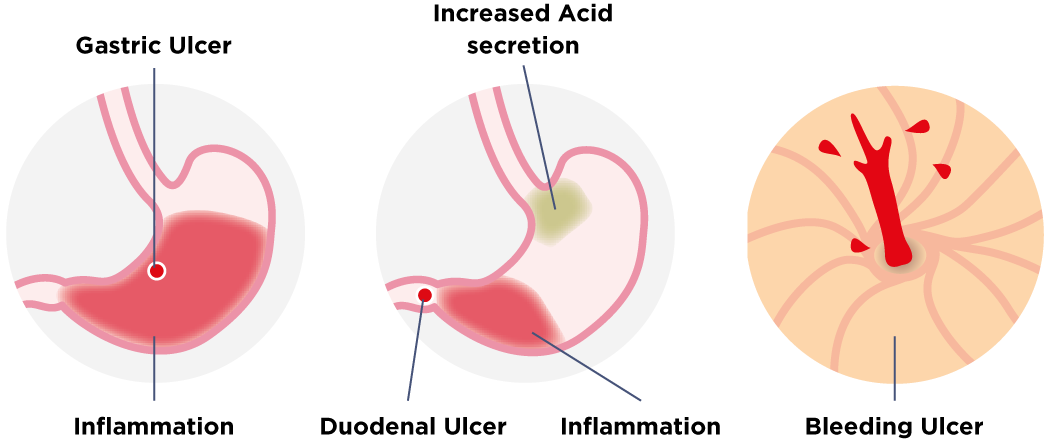
We recommend diagnosing gastrointestinal bleeding at the medical institution “KDS Clinic”. All examinations are carried out with the help of modern technical equipment and using innovative techniques. The disease will be diagnosed even at an early stage.
Symptoms of internal bleeding of the gastrointestinal tract
With internal bleeding of the gastrointestinal tract, the patient is disturbed by pain. There are such signs of intestinal bleeding:
Nausea and vomiting
Regardless of the meal, the patient feels a lump in the throat, he is disturbed by nausea. There is brown vomit. Sometimes blood is found in the vomit. This is due to the fact that the blood interacts with hydrochloric acid. If blood clots appear, you should immediately consult a doctor.
Violation of the stool
Diarrhea or constipation occurs, accompanied by flatulence. There is bloating, colicky pain in the intestines after eating. With hemorrhage, the stool is tarry.
 Has the appearance of a melena.
Has the appearance of a melena.General weakness
During the day, the patient feels weakness of the body. The temperature drops to 35.0.
Cardiovascular disorders
Tachycardia appears, blood pressure rises. Concomitant symptoms are dizziness, pallor of the face, migraine.
Fainting
In critical cases, the patient loses consciousness due to lack of oxygen. Appears cold sweat, tachycardia.
Other symptoms appear when bleeding from the stomach. Among them, tinnitus, ascites, belching, dysphagia.
Causes of gastric bleeding
Gastric bleeding is a complication of various chronic and inflammatory diseases. Hemorrhage, or in other words hemorrhage, is often caused by a duodenal ulcer. If left untreated, the inflammatory process of the gastric mucosa leads to the opening of bleeding.
The cause of gastric bleeding is called the appearance of benign or malignant neoplasms. Increased pressure in the intestine leads to disorders of the gastrointestinal tract, including bleeding of internal organs.
Increased pressure in the intestine leads to disorders of the gastrointestinal tract, including bleeding of internal organs.
Hiatal hernias, like tumors, are accompanied by hemorrhage and lead to death if not diagnosed. Pathology can be caused with ulcerative colitis, with hemorrhoids, with anal fissures. Occurs against the background of cirrhosis of the liver, dysbacteriosis, pancreatitis. Diseases such as hepatitis B, C, vein thrombosis, and hypertension also lead to bleeding.
Bleeding opens when the veins are squeezed by neoplasms and scars. The cause of gastric bleeding can be vascular damage, varicose veins of the stomach and intestines, lupus erythematosus, vitamin deficiency and reduced immunity. This pathology often occurs with circulatory disorders. For example, hemophilia, acute and chronic leukemia, hypoprothrombinemia. Also, bleeding is provoked by excessive intake of aspirin, alcohol or drug intoxication, an overdose of drugs and chemicals. Depression, constant emotional stress can affect such symptoms.
Gastric bleeding due to vascular disorders. We are talking about erosion, thrombosis and rupture of capillaries. The reason is called a change in the hemostasis system, when blood clotting is disturbed.
Treatment of gastric bleeding
Treatment of gastric bleeding depends on the patient’s condition and how advanced the problem is. The patient is urgently admitted to the hospital. Next, the medical worker finds out where the localization of the hemorrhage is located, the cause and intensity of the bleeding.
The patient is undergoing infusion and blood transfusion therapy, which stops bleeding and normalizes the condition. Drug treatment is effective only if we are talking about hemorrhage, which develops in connection with problems of hemostasis.
If varicose veins of the stomach are observed, then doping of the disturbed vessels is carried out. Gastroduodenal bleeding is stopped with an endoscope. With cancerous neoplasms and heart failure, urgent surgical intervention is required.
If a duodenal ulcer has led to bleeding, then surgery is required. The bleeding wound is sutured, then the stomach is resected. In ulcerative colitis, a subtotal resection of the colon is performed.
After the operation, the patient is prescribed medication, physiotherapy, bed rest. The prognosis after treatment depends on the condition of the patient, on his age. In most cases, the condition returns to normal after a few days, if medical care was provided on time.
Diagnosis of gastrointestinal bleeding
To diagnose this pathology, it is necessary to undergo a comprehensive examination of the body. It includes enteroscopy, colonoscopy, sigmoidoscopy, diagnostic laparotomy, tests. Make an appointment with a gastroenterologist at the KDS Clinic. Call by phone and choose a convenient time for you. The medical institution is located in the city of Moscow at the address Dmitrovskoe sh., 81
Doctors Gastroenterologists
Nagornykh Irina Aleksandrovna
Gastroenterologist
Work experience: 33 years
3 000
Sign up
9 0000 Gastrointestinal bleeding
Upper gastrointestinal bleeding
Patients with upper gastrointestinal bleeding usually vomit blood or stomach contents resembling coffee grounds and black, tarry stools (melena).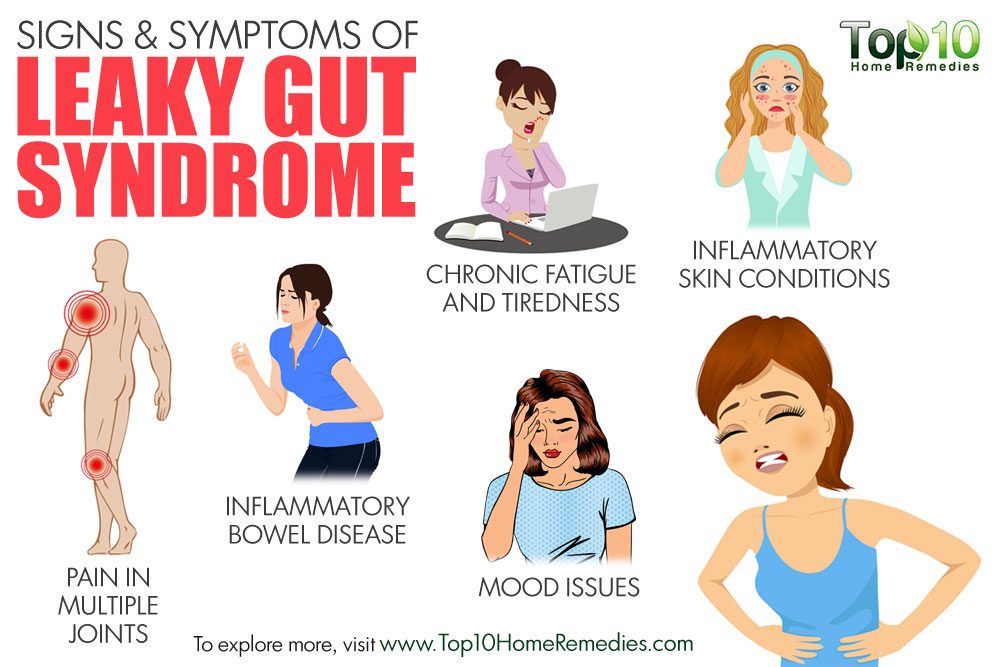
The initial diagnosis of patients from the upper gastrointestinal tract includes an assessment of hemodynamic stability (blood pressure and pulse). Next, diagnostic tests (usually endoscopy) are performed to diagnose and treat a specific condition.
Initially, a patient with suspected upper GI bleeding should have a history, physical examination, and laboratory tests.
The main goals of the doctor at the first meeting with the patient are: assessment of the severity of bleeding, identification of its potential sources and determination of further treatment tactics.
Symptoms
Vomiting blood or vomiting coffee grounds suggests bleeding from the esophagus, stomach, or duodenum. Vomiting blood indicates heavy bleeding, while vomiting coffee grounds suggests less intense bleeding.
Melena (black, tarry stools) can occur with bleeding from the esophagus, stomach, or duodenum. For the occurrence of this symptom, only 50 ml of blood is enough.
Hematochezia (red or burgundy blood in the stool) usually occurs when bleeding from the lower gastrointestinal tract. However, this symptom may appear with massive bleeding from the upper gastrointestinal tract.
Patient history important
The doctor asks the patient about previous episodes of bleeding, about concomitant diseases that may lead to bleeding from the upper gastrointestinal tract, or that may affect the patient’s further treatment.
Potential sources of bleeding:
- Esophageal varices or portal hypertensive gastropathy in a patient with a history of liver disease or alcohol abuse.
- Peptic ulcer in a patient with a history of Helicobacter pylori (H. pylori) infection, non-steroidal anti-inflammatory drugs (NSAIDs), antithrombotics, or smoking.
- Malignancy in a patient with a history of smoking, excessive drinking, or H. pylori infection.
- Aorto-intestinal fistula in a patient with a history of abdominal aortic aneurysm or aortic graft.

- Angiodysplasia in a patient with renal insufficiency, aortic stenosis, or hereditary hemorrhagic telangiectasia.
- Marginal ulcers (ulcers at the site of the anastomosis) in a patient with a gastrointestinal anastomosis.
Particular attention is paid to taking the following medicines:
- Drugs that predispose to the formation of peptic ulcers: aspirin and other non-steroidal anti-inflammatory drugs.
- Drugs that increase the risk of bleeding, such as anticoagulants (including warfarin and direct oral anticoagulants) and antiplatelet agents.
- Associated with an increased risk of gastrointestinal bleeding: selective serotonin reuptake inhibitors (SSRIs), calcium channel blockers, and aldosterone antagonists.
- Picture-altering drugs, such as bismuth, charcoal, licorice, and iron, which can turn black stools.
Symptom assessment
Symptoms suggestive of heavy bleeding include orthostatic dizziness, confusion, angina pectoris, palpitations, and cold/sticky extremities.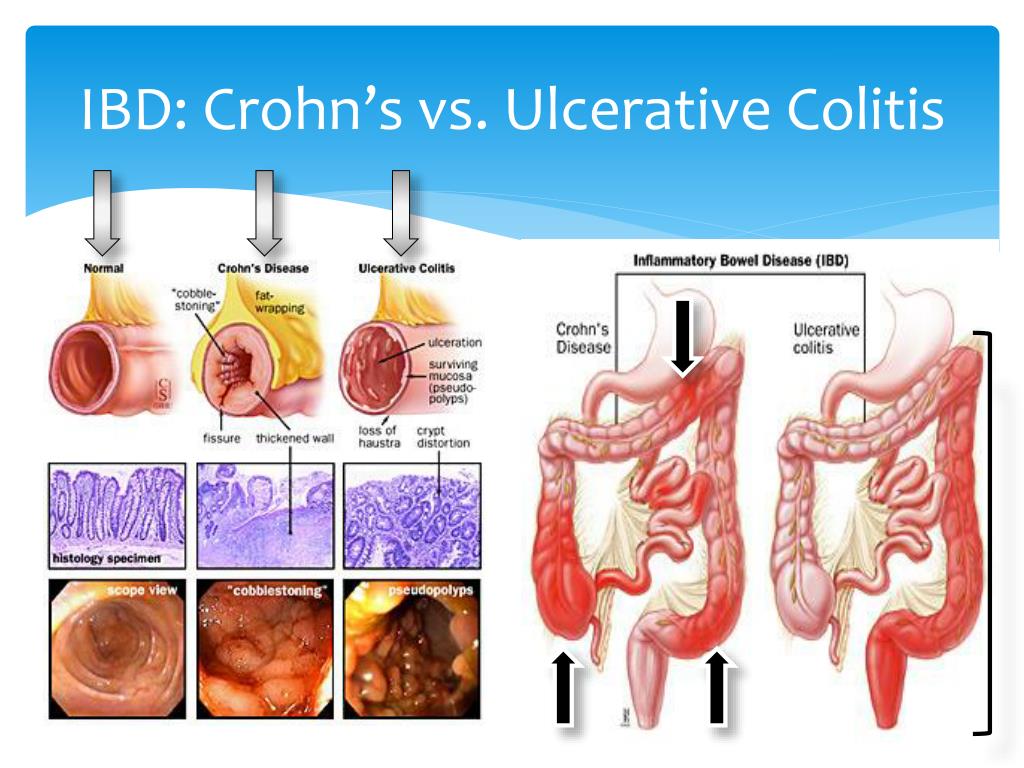
Specific causes of upper GI bleeding can be suggested by the presence of the following symptoms:
- A peptic ulcer is pain in the upper abdomen.
- Esophageal ulcer – gastroesophageal reflux, dysphagia.
- Mallory-Weiss syndrome is vomiting, retching, or coughing before hematemesis.
- Varicose bleeding or portal hypertensive gastropathy: jaundice, bloating (ascites).
- Malignant neoplasms – dysphagia, early satiety, involuntary weight loss, cachexia.
Physical examination
To assess the degree of blood loss, an assessment of the signs of hypovolemia (severity of tachycardia, hypotension) is carried out.
Laboratory indicators
Laboratory tests that should be done in patients with acute upper gastrointestinal bleeding include complete blood count, blood chemistry (including liver tests), and coagulogram.
In addition, an electrocardiogram and a blood test for cardiac enzymes are performed in patients at risk for myocardial infarction, such as the elderly, patients with a history of coronary artery disease, or patients with symptoms such as chest pain or shortness of breath.
Baseline hemoglobin levels in patients with acute upper GI bleeding may be at the patient’s baseline as the patient loses whole blood. Over time, the hemoglobin level will decrease as the blood is diluted due to the influx of extravascular fluid into the vascular space and fluid administered during fluid therapy. Hemoglobin levels are monitored every two to eight hours, depending on the severity of the bleeding.
Nosogastric tube insertion is recommended only for patients prior to endoscopy to clear the stomach of food, fresh blood, or clots.
Treatment
Patients who are hemodynamically unstable or who are actively bleeding require treatment in the intensive care unit for resuscitation and close monitoring with automatic blood pressure monitoring, electrocardiographic monitoring, and pulse oximetry. Such patients undergo infusion therapy, if necessary – blood transfusion. Patients with critical or life-threatening bleeding and low platelet counts (<50,000/mcL) are transfused with platelets.
Patients hospitalized with acute upper GI bleeding are usually treated with proton pump inhibitors (PPIs). Options include intravenous PPIs every 12 hours, continuous infusion, high-dose boluses (eg, esomeprazole 80 mg) in patients with signs of active bleeding (eg, hematemesis, hemodynamic instability). Oral and intravenous PPI therapy also reduces length of hospital stay, rebleeding, and the need for blood transfusions in patients with high-risk ulcers who have received endoscopic treatment.
A patient with bleeding from the upper gastrointestinal tract must consult a gastroenterologist, a transfusiologist if it is necessary to transfuse blood components, a hematologist if there are abnormalities in blood coagulation, and a general practitioner if it is necessary to cancel anticoagulants.
Diagnostic tests
Esophagogstroduodenoscopy is the diagnostic method of choice for acute bleeding from the upper gastrointestinal tract. Endoscopy has high sensitivity and specificity for locating and detecting bleeding in the upper gastrointestinal tract. In addition, once a bleeding lesion is identified, therapeutic endoscopy can provide hemostasis and prevent rebleeding in most patients.
In addition, once a bleeding lesion is identified, therapeutic endoscopy can provide hemostasis and prevent rebleeding in most patients.
Other diagnostic tests for acute upper GI bleeding include CT angiography, which can detect active bleeding. There is also interest in using capsule endoscopy for patients presenting to the emergency department with suspected upper GI bleeding. Small bowel capsule endoscopy has also been used to localize bleeding in patients with acute gastrointestinal bleeding without hematemesis. Colonoscopy is usually required for patients with hematochezia and a negative upper endoscopy unless an alternative source of bleeding is identified.
Treatment
Treatment is carried out depending on the pathology that caused the bleeding.
In all cases of bleeding from the upper gastrointestinal tract, an endoscopic examination is performed, which is also therapeutic. The endoscopist chooses the method to stop bleeding depending on the specific situation. In the arsenal of endoscopists of our clinic there are all types of physical, mechanical and medical hemostasis.
In the arsenal of endoscopists of our clinic there are all types of physical, mechanical and medical hemostasis.
Peptic ulcers are treated with drugs. Drugs are used to reduce the acidity of gastric juice. In the case of H. pylori infection, antibiotics are included in the therapy.
To prevent bleeding from esophageal varices, it is recommended to stop drinking alcohol, as it aggravates liver cirrhosis and increases the risk of life-threatening bleeding. Also, in order to prevent bleeding, endoscopic manipulation is used – ligation of varicose veins. The essence of the procedure is that the doctor imposes small rings on varicose veins. This procedure can also be therapeutic in nature when performed with bleeding to stop it.
Lower gastrointestinal bleeding
Acute lower gastrointestinal bleeding refers to blood loss from the colon. The causes of acute bleeding from the lower gastrointestinal tract can be divided into several categories: anatomical (diverticulosis), vascular (angiodysplasia, ischemia, radiation-induced), inflammatory (infectious, inflammatory bowel disease) and neoplasms. In addition, acute lower GI bleeding may occur after endoscopic interventions such as polypectomy.
In addition, acute lower GI bleeding may occur after endoscopic interventions such as polypectomy.
Causes of bleeding from the lower gastrointestinal tract:
- Diverticular disease.
- Inflammatory bowel disease (IBD). Ulcerative colitis and Crohn’s disease.
- Benign or malignant tumors.
- Colon polyps.
- Hemorrhoids.
- Anal fissures.
- Proctitis. Inflammation of the lining of the rectum can cause rectal bleeding.
Symptoms
Patients with acute lower gastrointestinal bleeding usually have hematochezia, blood in the stool, although this symptom can also be seen in patients with massive upper gastrointestinal or small bowel bleeding. Bleeding stops spontaneously in 80–85% of patients, and the mortality rate is 2–4%.
A patient with suspected bleeding from the lower gastrointestinal tract undergo endoscopic studies – endoscopy and colonoscopy. Treatment tactics depend on the source of bleeding. If bleeding or signs of recent bleeding are detected during colonoscopy, measures are taken to stop it.
If bleeding or signs of recent bleeding are detected during colonoscopy, measures are taken to stop it.
If, as a result of endoscopy and colonoscopy, the source of bleeding is not found, then an examination of the small intestine may be required – capsule endoscopy, enteroscopy.
Bleeding from the colon is usually manifested by the release of dark blood clots. When bleeding from the rectum, the blood is scarlet in color, possibly with clots. When bleeding from the anal canal, the patient notes the release of scarlet blood, without clots and is most often associated with the act of defecation.
Patient examination
Initially, the doctor collects anamnesis from the patient, conducts a physical examination, laboratory tests, if massive bleeding from the upper gastrointestinal tract is suspected, EGDS is urgently performed.
The doctor clarifies the presence of previous episodes of bleeding in the patient and finds out the presence of diseases that could be potential sources of bleeding. For example, the identification of a patient with diverticular disease in the past at colonoscopy may suggest probable diverticular bleeding, which influences the choice of treatment tactics. In addition, information about the patient’s intake of drugs that affect blood clotting is also important. The presence of symptoms such as a change in the nature of the stool (constipation or diarrhea), the admixture of mucus in the stool, persistent or intermittent abdominal pain, may suggest that the patient has a neoplasm or inflammatory disease.
For example, the identification of a patient with diverticular disease in the past at colonoscopy may suggest probable diverticular bleeding, which influences the choice of treatment tactics. In addition, information about the patient’s intake of drugs that affect blood clotting is also important. The presence of symptoms such as a change in the nature of the stool (constipation or diarrhea), the admixture of mucus in the stool, persistent or intermittent abdominal pain, may suggest that the patient has a neoplasm or inflammatory disease.
Benefits of colonoscopy for lower GI bleeding include its ability to pinpoint the site of bleeding regardless of etiology or rate of bleeding, the ability to take a biopsy to confirm the diagnosis, and the ability to perform endoscopic intervention to achieve hemostasis. Disadvantages of colonoscopy include the need for bowel preparation, poor visualization in an unprepared or poorly prepared colon.
A patient with suspected bleeding from the anal canal at the appointment of a coloproctologist should undergo a digital rectal examination and anoscopy to identify a pathology that could potentially be a source of bleeding (anal fissure, rectal fistula, hemorrhoids, anal canal formations).

 Has the appearance of a melena.
Has the appearance of a melena.